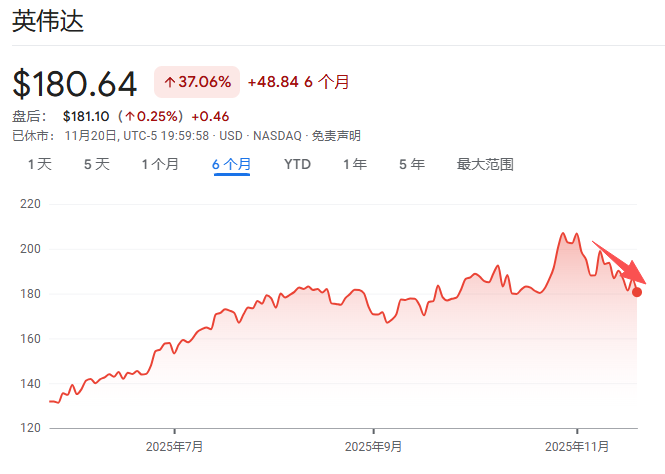Federal Reserve drops program that increased banks scrutiny of crypto
The Federal Reserve has announced that it will terminate a supervisory program that focused increased bank scrutiny on cryptocurrencies.
- The Federal Reserve Board is terminating its novel activities supervision program.
- Fed says its reverting to its standard supervision process for cryptocurrencies.
- U.S. banking regulators have issued clarifications on banks and crypto activities amid a shift in approach to crypto and stablecoins.
The Federal Reserve said in a press release that it will be sunsetting its novel activities supervision program, with this seeing the banking regulator revert to its standard supervisory processes of the crypto sector.
In terminating the 2023 supervisory letter that launched the novel activities program, the Federal Reserve is taking a major step towards aligning banks with the crypto and fintech ecosystem.
The Fed’s move to end the supervisory program follows the central bank’s strengthened understanding of cryptocurrencies, blockchain, and the associated risks. The Federal Reserve also says it now has a better grasp of risk management practices since the program’s launch.
Ending the program allows for the integration of gained knowledge into traditional oversight frameworks.
“Since the Board started its program to supervise certain crypto and fintech activities in banks, the Board has strengthened its understanding of those activities, related risks, and bank risk management practices. As a result, the Board is integrating that knowledge and the supervision of those activities back into the standard supervisory process,” Federal Reserve wrote in an update.
Banks and the crypto market
The U.S. banking regulator’s announcement on Friday adds to similar moves in the past few months, including the Fed’s decision to remove several guardrails on banks ’ crypto-related activities in April.
In this case, the Federal Reserve withdrew supervisory documents that pushed banks to seek advance approval before engaging in cryptocurrency and stablecoin activities.
As well as the Federal Reserve, the Federal Deposit Insurance Corporation and Office of the Comptroller of the Currency have pulled guidelines that meant banks had to take extra scrutiny when looking at crypto-related activities.
The OCC withdrew its hands-off crypto stance in May, with its announcement at the time stating that banks were now allowed to buy and sell custody-held crypto assets on behalf of their customers. Banks can also offer crypto custody services.
Disclaimer: The content of this article solely reflects the author's opinion and does not represent the platform in any capacity. This article is not intended to serve as a reference for making investment decisions.
You may also like
"AI Godmother" Fei-Fei Li's Latest Interview: I Didn't Expect AI to Become So Popular, the Next Frontier Is Spatial Intelligence
If AI leads humanity into an extinction crisis, it will be humanity's fault, not the machines'. If superintelligence emerges, why would humanity allow itself to be taken over? Where are collective responsibility, governance, and regulation? "Spatial intelligence" may fundamentally change the way we understand the world.
Has the four-year cycle of Bitcoin failed?
The various anomalies in this cycle—including waning sentiment, weakening returns, disrupted rhythms, and institutional dominance—have indeed led the market to intuitively feel that the familiar four-year cycle is no longer effective.

At an internal Nvidia meeting, Jensen Huang admitted: It's too difficult. "If we do well, it's an AI bubble," and "if we fall even slightly short of expectations, the whole world will collapse."
Jensen Huang has rarely admitted that Nvidia is now facing an unsolvable dilemma: if its performance is outstanding, it will be accused of fueling the AI bubble; if its performance disappoints, it will be seen as evidence that the bubble has burst.

After a 1460% Surge: Reassessing the Value Foundation of ZEC
Narratives and sentiment can create myths, but fundamentals determine how far those myths can go.

